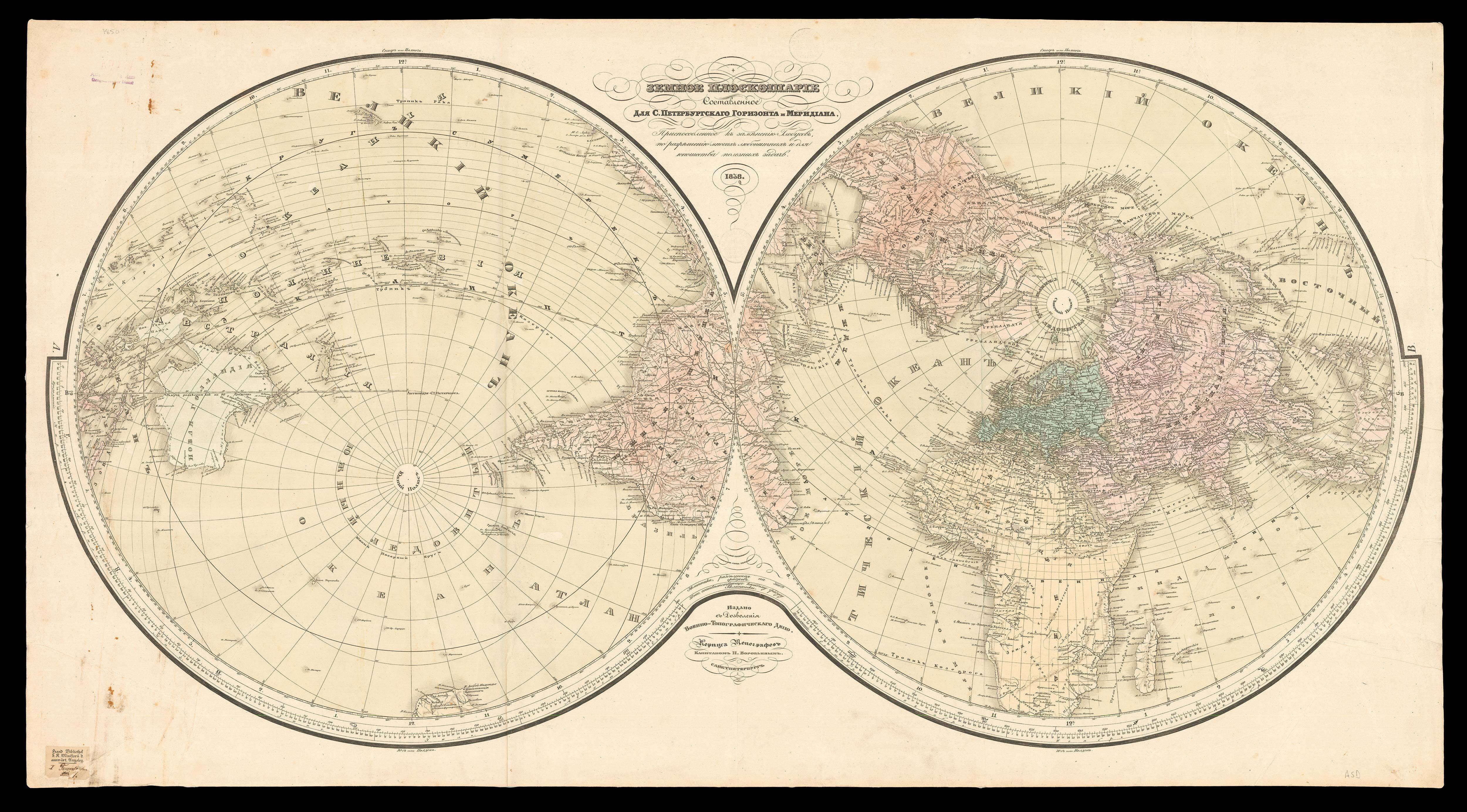

[World map from The Cosmological Glasse].
- Author: CUNINGHAM, William.
- Publication place: London:
- Publisher: John Day
- Publication date: 1559.
- Physical description: Woodcut map within sheet of letterpress text.
- Inventory reference: 2294
Notes
The earliest map printed in England to show part of North America and the first appearance of the name “America” on an English map. Both facts that have, until now, been unnoticed by bibliographers. Not recorded by Burden.
The world map from Cuningham’s “Cosmological Glasse; the first original English work on cosmography. Cuningham’s comprehensive work of mathematical practice is particularly notable for its exposition of surveying by triangulation and for a method of determining longitude, which the author demonstrates using examples of astronomical observations made in his native town of Norwich. It is also the first book to deal with navigation in relation to astronomy and cosmography.
Waters notes that Cuningham did for cosmography what Robert Recorde did for mathematics: rescued their subjects from the grips of the scholars and moved them into the realms of the gentry and merchants. John Dee, in his preface to Billingsley’s edition of Euclid (1570), noted that Cuningham’s work taught many Englishmen to “like, love, get and use Maps, Charts and geographical globes.” The work influenced a generation of Englishmen, stimulating their thirst for nautical exploration and the solution to navigational problems. Among them was Martin Frobisher, who included it in the very small number of books he brought with him in search of a Northwest Passage in 1576.
Bibliography
- Adams & Waters 568
- Houzeau & Lancaster 2603
- Johnson Astronomical Thought in Renaissance England
- STC 6119
- Taylor Mathematical Practioners 34
- Waters The Art of Navigation in England in Elizabethan and Early Stuart Times pp.98-99.
 Rare Maps
Rare Maps  Rare Atlases
Rare Atlases  Rare Books
Rare Books  Rare Prints
Rare Prints  Globes and Planetaria
Globes and Planetaria 










